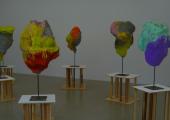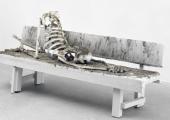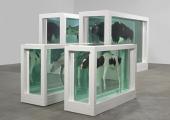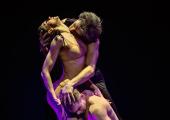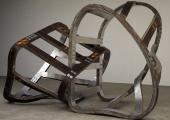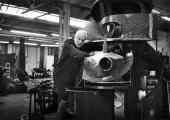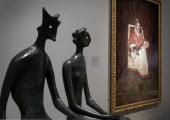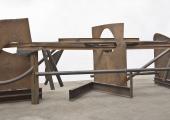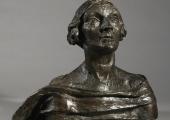Richard Tuttle, Tate Modern / Whitechapel Gallery
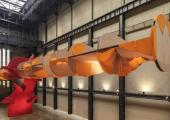
Renowned American artist revisits old themes in his biggest sculpture yet
It could be an aircraft, hastily covered with some very inadequate wrappings and squeezed into the great hangar of the Turbine Hall. Or perhaps an eccentric sort of bird, its bedraggled wings missing chunks of orange plumage, in contrast to its plush, red body. Or perhaps it is part of a stage set with extravagant swags of red fabric carefully arranged to look, fleetingly, like theatre curtains, or pieces of scenery either under construction or partially wrapped, ready to be put away.

